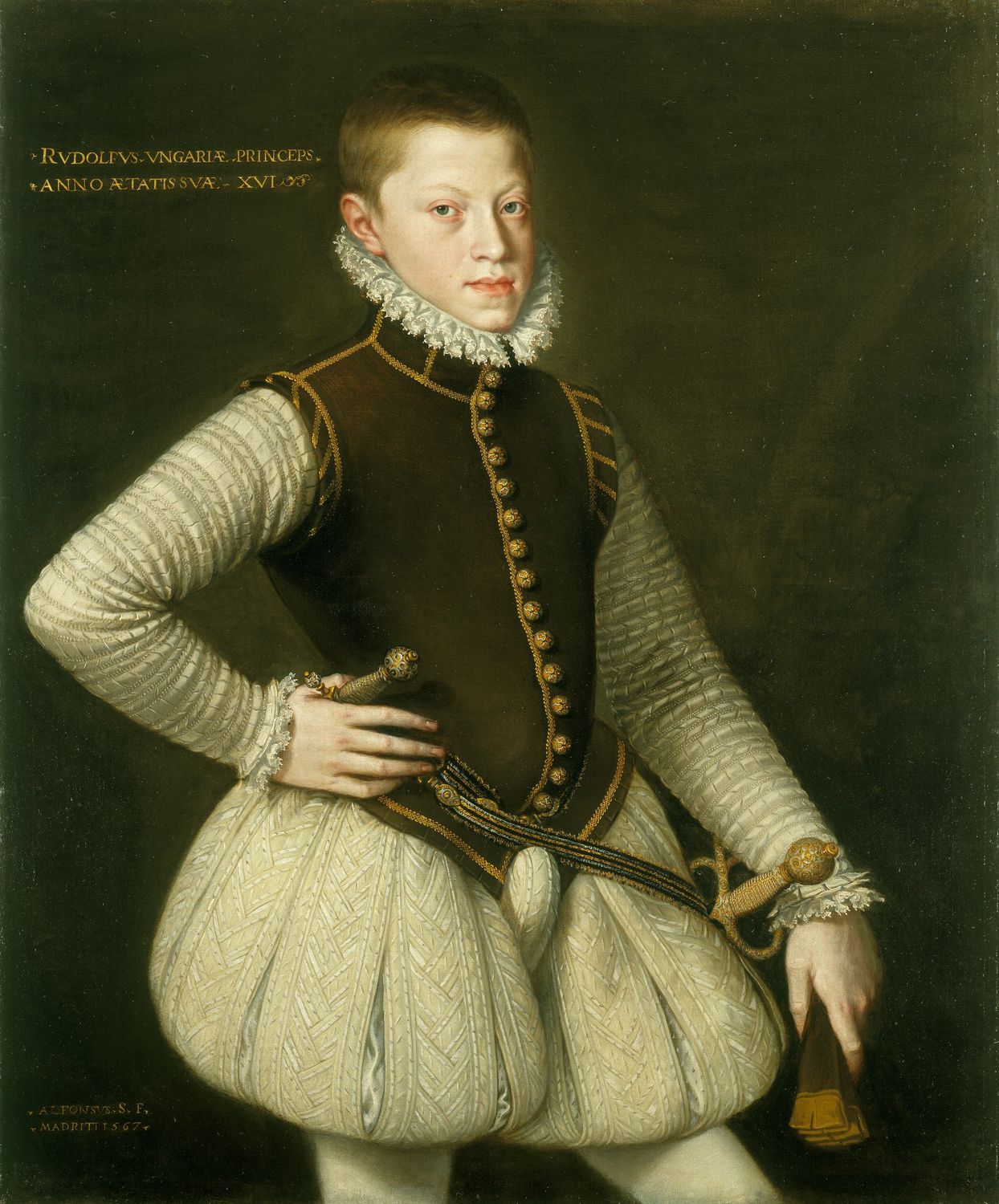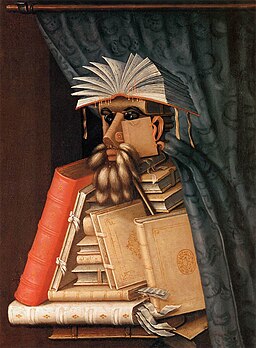Last weekend I took a break from the book to attend my first costume conference in several years. The scholarship has proceeded by leaps and bounds since I last made anything substantial, but the real treat was seeing old friends and making new ones.

Even so, I couldn’t avoid the book entirely.
The conference was in Jamestown Settlement/Historic Jamestown, a recreation of the first permanent English settlement in North America and the archaeological site of the original fort, respectively. Neither Dee or Kelley ever came to the New World, but some of Dee’s acquaintances did.
Settler George Percy presided over the winter of 1609-10 Starving Time. The name rang a bell, and a Google search revealed that he was the youngest brother of Henry Percy, 9th earl of Northumberland, called the Wizard Earl for his interest in early science. Percy’s Syon House was near Dee’s in Mortlake, and they ran in similar intellectual circles: the Wizard Earl led the so called School of Night, a group of men interested in clandestine religion and science.
The Jamestown archaeological museum included a selection of early tobacco pipes. Names of prominent courtiers and nobles decorated many of them, among them Charles Howard, first earl of Nottingham. Howard was Lord Admiral of the English fleet ca. 1585 to 1619. In a rather oblique connection, Jane Dee (nee Fromonds) served as lady in waiting to his wife Catherine before her marriage to John Dee.
Though he wasn’t involved in the Jamestown voyage, Dee acted as navigating consultant to earlier English voyages of discovery. His 1577 publication of General and Rare Memorials pertayning to the Perfect Arte of Navigation was the first to put forth the notion of a “British empire” and advocated English colonization of the New World.
These connections aren’t that surprising. The rich, powerful, and educated of sixteenth century England comprised a small group so most were acquainted with and/or related to each other. I just found it amusing that even when I take a break my interests reel me right back into the book.
And I discovered a costume element I can use to make Kelley (more) miserable, so that amuses.
I came out of the conference wanting to make everything, and while I find myself with some surprise free hours this summer, I’m going to stick to short, simple projects. Much as I’d love to drown in linen and lace the book still comes first.










